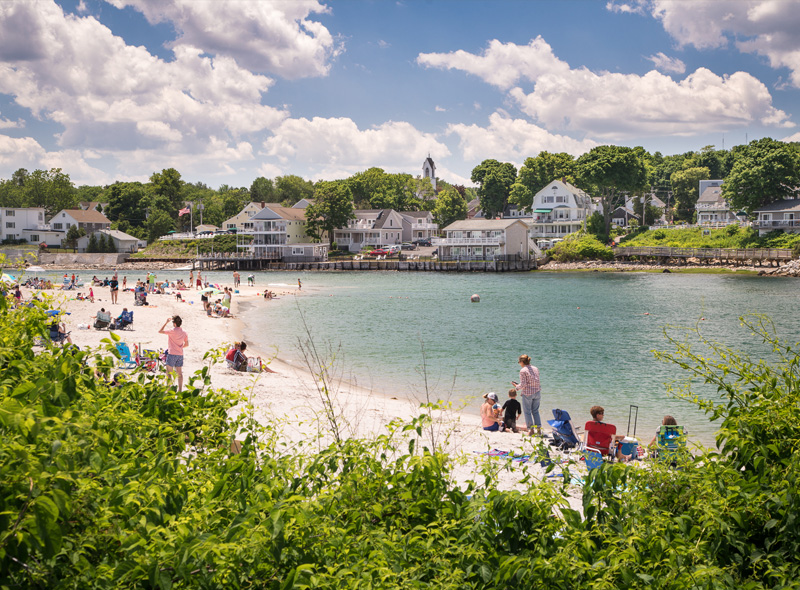If you love Maine or live in New England, chances are that you’re already familiar with some of the photography of Benjamin Williamson. Perhaps you’ve seen one of his impressive Maine images gracing a vivid cover of Down East Magazine while you stood on line at the grocery store. Or maybe you’ve visited a New England cultural landmark and seen his work gracing a recent cover of Artscope Magazine.
Williamson is talented, prolific and ambitious – with a good eye plus the drive and ambition to outperform many of the other notable photographers shooting Vacationland images. Facebook is full of his colorful captures of our coastal communities – and it’s always a complete joy to wake and find that, no matter how early you got up, Williamson beat you to it and shared his perspective of the sunrise, or the lighthouse, or the lobster boat – always with perfect composition and skies to die for.
We absolutely wanted to bring him down to the Hartwell House Inn of Ogunquit as part of our 2016 Artist in Residency program – marking the first time we ever extended the opportunity to a photographer.
As you can probably imagine, Williamson captured some eye-catching images of our ‘Beautiful place by the Sea’ during his Ogunquit stay – and was kind enough to engage in a spirited discussion about his work with me while he was at the Hartwell House Inn.
Scroll down and continue reading…
Today – we’re sharing those images and thoughts with you right here on the Ogunquit Barometer.
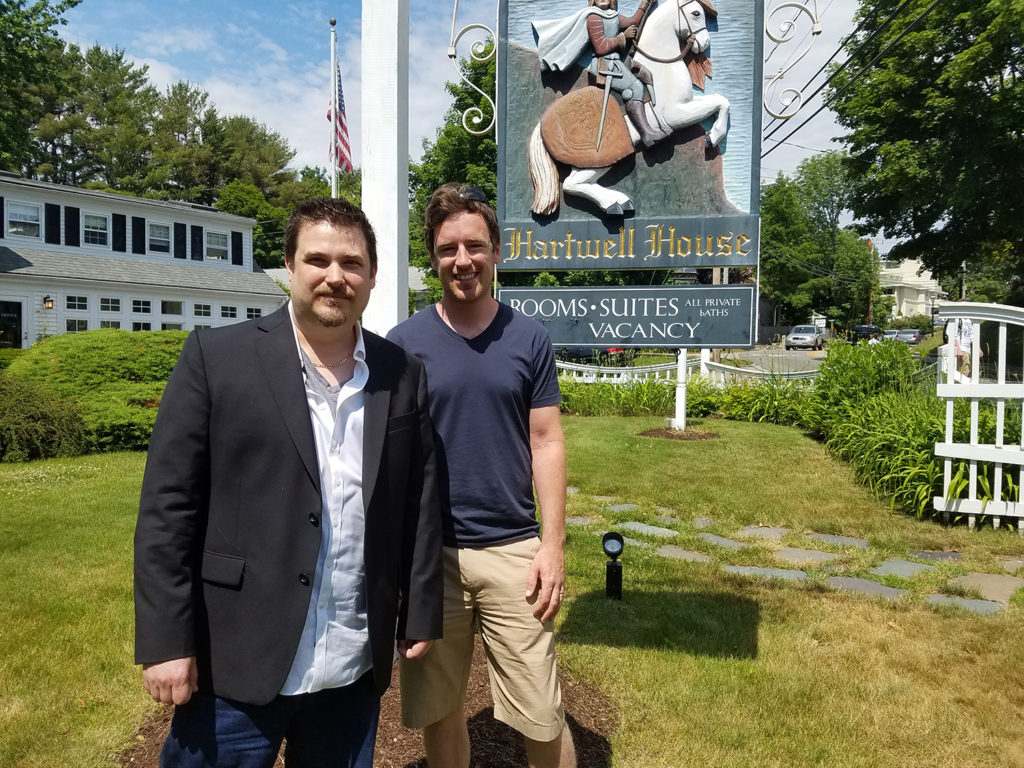
Eric: You head out of the house, camera in hand, What is it you’re looking to capture out there?
Benjamin: Usually something that speaks to the story of how I see Maine. I always try to incorporate my favorite weather. If there’s going to be a storm or a dramatic sunrise, I’ll go out and chase it.
You’re out there shooting 4 seasons year, do you have a favorite season to shoot in?
Winter.
And why is that?
I feel a strong connection to winter weather and the cold. I think it’s starkly beautiful when everything is covered in snow and ice.
Does the monochromatic color scheme of a Maine winter pose a challenge to you?
I often shoot on the edge of the ocean, and there’s not much color there to begin with, so I really depend on the sky to bring it in.
What I’ve found is that there’s actually more color in winter. The sunrises seem to be way better in winter because the storm systems tend to have this huge fan of high clouds and, when the sun rises under them, you get a lot of the reds which you don’t see in summer.
I find that my best photos always emerge from a situation where I head out with the sole intent of capturing photos. It’s almost like there has to be that solid intention for the magic to really take place. Do you find anything similar?
Yes. There’s definitely an intention, and it’s usually tied to the place. I go to places where I know I can probably get a good photograph, because they are popular. They haven’t always been shot before, but I’ll see something photogenic in it – an attraction people have to it. That’s always been important to me, documenting cultural touchstones and things we can all agree are awesome.
I love that. There are plenty of things in the state that we can all agree about being awesome. And I can see that in your work. What you’re really bringing to the table is, you’re actually going to the places that everyone photographs, because they’re awesome, but you tend to usually walk away with the most iconic image of the already legendary place. That’s quite a talent.
It takes an extra level of dedication. Getting up for the sunrise. Putting yourself in the right place at the right time. I’ve always told people that. Right place. Right time. It sounds corny or cliche…but it’s true.
People who follow your Facebook page must see the stream of images coming across and say to themselves, ‘How is this guy capturing all of these amazing shots?’ The fact of the matter is, it’s just really about spending large stretches of time out there. Do you ever have any days which are just complete misses – where you go out, you spend a long time driving somewhere, but the pieces just don’t come together for you?
Sure, I’ve taken plenty of hour and a half long drives for nothing.
In one of our earlier conversations, you mentioned that you’re increasingly attempting to take photos that people will be able to imagine themselves in, yet your images tend to almost always be people-free.
Right.
Is that part of the conscious decision, are you trying to create something where people aren’t going to be encumbered by seeing other people in the photo, and can more easily put themselves into the image…or are you actually looking to take a change in direction and take photos with people in them?
I’m trying to aim higher now. I’d love to do work on a national level for Travel and Leisure, Architectural Digest, Time, any of the big editorials, even National Geographic, or National Geographic Traveler. My favorite work to look at has always been street photography, but I have no experience with that. I’m not naturally inclined to take pictures of people. I find it really hard. I think I’ll be sticking with landscapes and working to incorporate more storytelling, building in more of a narrative quality to the landscapes. I want to take photos of spaces that people could really see themselves enjoying, or being happy. The goal of my work is always to uplift, create joy and a positive feeling. I think a lot of photographers are really good at exploring the darker side of our psyches. I love that. I enjoy it myself. But I don’t have any desire to create work in that vein.
When I look at your photography, I get a real sense of caring about ‘the nature of things’. Photographers like you and I really tend to become something like ambassadors for the state of Maine, bringing the natural beauty of this place into the minds of people elsewhere. Making them long to experience this state. Highlighting and raising awareness about the natural splendor of this geography. Showcasing landscapes that deserve to be protected – and helping others fall in love with those landscapes in ways that will make them want to protect these treasures, as well. In that way, photography becomes something of a conservation tool. Is that something you’re doing on purpose, something you’re purposely building into your work, or just something I’m reading into your work because of my own inclinations?
Loving the land and caring for the land is such a huge part of who I am and that’s naturally going to come across in my photography. But I feel that it’s important to also note that taking care of things doesn’t always mean leaving them absolutely wild. Sometimes it means managing the land and having industries that coexist harmoniously with the land. That’s why I love the lobstering along the coast of Maine and other things I see as sustainable practices, and highlighting those.
You seem to be intrigued by the interplay between the human animal and nature we inhabit and are surrounded by…
This is where we are, this is where we’re going to be for the foreseeable future. We need to take care of what we have.
One of the struggles I have, and we already touched upon this, is I always have a camera in my hand whenever I’m heading out, because the one time I don’t bring the camera always seems to be the time I see something amazing. Do you find it’s difficult to fully be in the moment and appreciate nature when you’re always looking for that next shot? Do you do the same thing? Are there times you intentionally go out without the camera so you can just enjoy ‘being out there’?
Usually the times when I go out without the camera is when I’m with family and I really want to focus on being with them, and being available. I think it’s important to plan your shoots, and go out at times when you think you can get a good image and visit a location where you can get a good image.
Let’s talk about the digital sharing of photos. This is how I learned about your work. This is how a lot of Maine photographers tend to meet each other. There’s something about sharing photos online that’s almost addictive. The immediacy of it. And there’s this core group of Maine photographers out there who enjoy sharing their images, showing what they can do, and it’s almost competitive in a sporting way.
But do you think that all of this quick social media sharing of many of our best images actually comes at the cost of working on larger scope projects?
Are you going out to shoot single images, or are you trying to compile things into larger photographic projects, say, to show in a gallery, or a book project?
I think that’s a great question. Originally it was just single images I was after, because I was learning. I just picked up photography like four years ago. And I love the social media aspect, and the feedback, and the sharing, and the likes, and the feeling that this is generating joy in people’s lives and interest and…yeah, I love that part of it. But now it’s like, OK, that’s not enough.
Exactly.
At first it was great, but now I do want to take more bigger, more ambitious, more long-term actions. Book projects are harder to do if you’re sharing a lot on social media. Fitting images together to a series is harder on social media. It’s difficult to organize images on Facebook. On social media, people don’t look at images that way. They don’t look at your folders, they look on their newsfeeds, they look on your timeline.
Does it hurt the interest level or cultural (or commercial) viability of a larger scope photography project when you share the individual pieces of that project in real time as they are taken? Is it better to hold all the pieces back and expose your audience to them all at once, as a finished product that no one had ever even seen a piece of before?
A project seen in pieces will definitely have less impact than it would if seen as a whole. I think that’s part of being a professional. Professionals do hold back and are perfectionists when it comes to creating a complete vision from start to finish. And I fall a little bit along the amateur side of that, too.
I think we all do, now. This is one of the big struggles I see in the creativity arena today: balancing our need to constantly promote our creative skills, and remind people we exist, while staying relevant, and also satisfying those nagging social media urges and their neurochemical payoffs – against our callings to do meaningful work of scale and impact for which we can be appropriately and gainfully compensated.
Let’s switch gears here. Quick: favorite image of your own that you’ve taken…
That’s tough. There’s one that’s called ‘Wicked Garden’, it’s a classic Portland Head Light composition with some interesting details. It was two days after a this huge winter storm that they named Nemo, a couple years back. The sea spray from the ocean waves had coated all of the bushes in front of the light in an inch layer of glaze. The branches were pointing straight up and looked like these fingers covered in ice – and there was an insanely dramatic sunrise with all of these purple and red hues which lit up these ice fingers from behind.
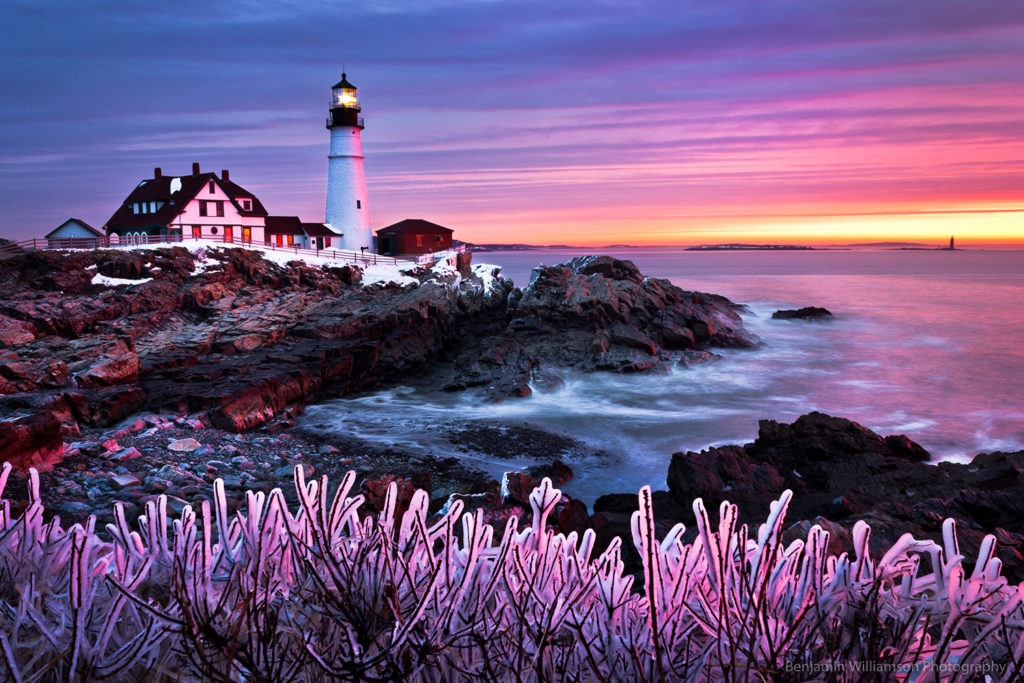
Tell me a little about the images you took here in Ogunquit, during your artist residency at the Hartwell House Inn over these past few days.
For this trip, I made the best of the beautiful, warm weather to focus on a different type of image, one that fit the mood of the place and time of day. Often I’ll go out shooting at sunrise and sunset, looking for warm colors and dramatic light, but I wanted to capture the wonderful feeling of being outside in the middle of the day in beautiful weather. It was nice to get out of my comfort zone and try my hand at mid-day images — images that capture the feeling of being outside on a warm sunny day.
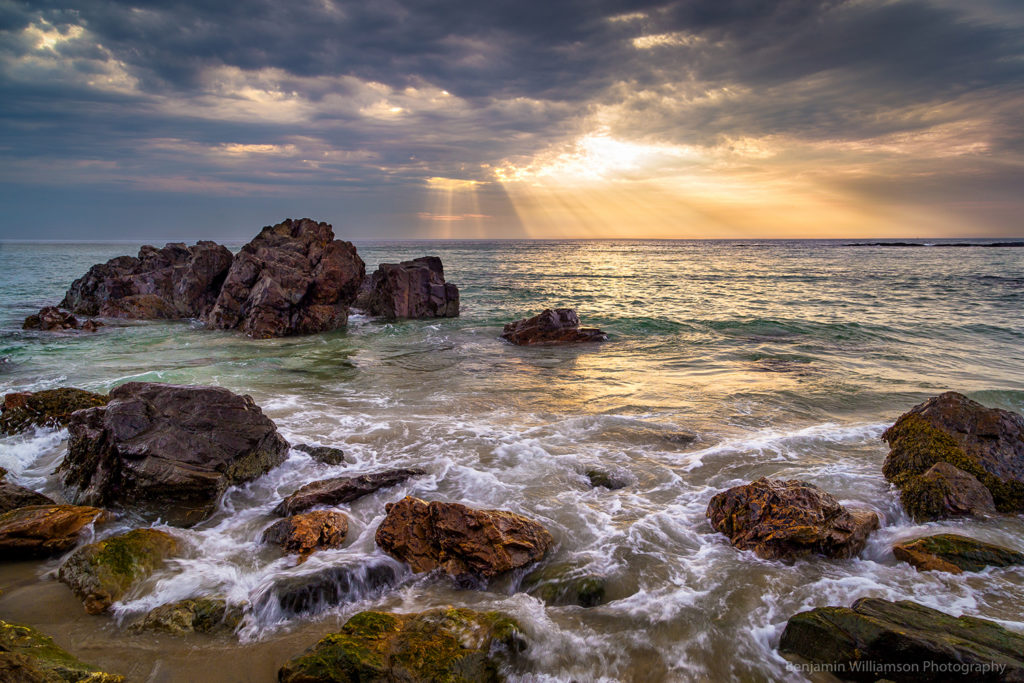
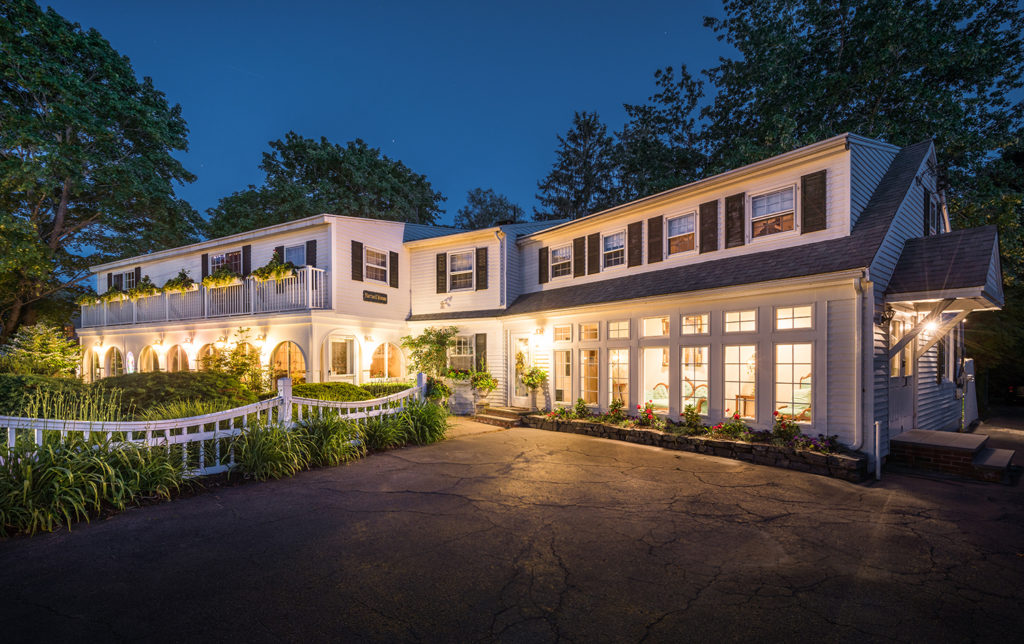
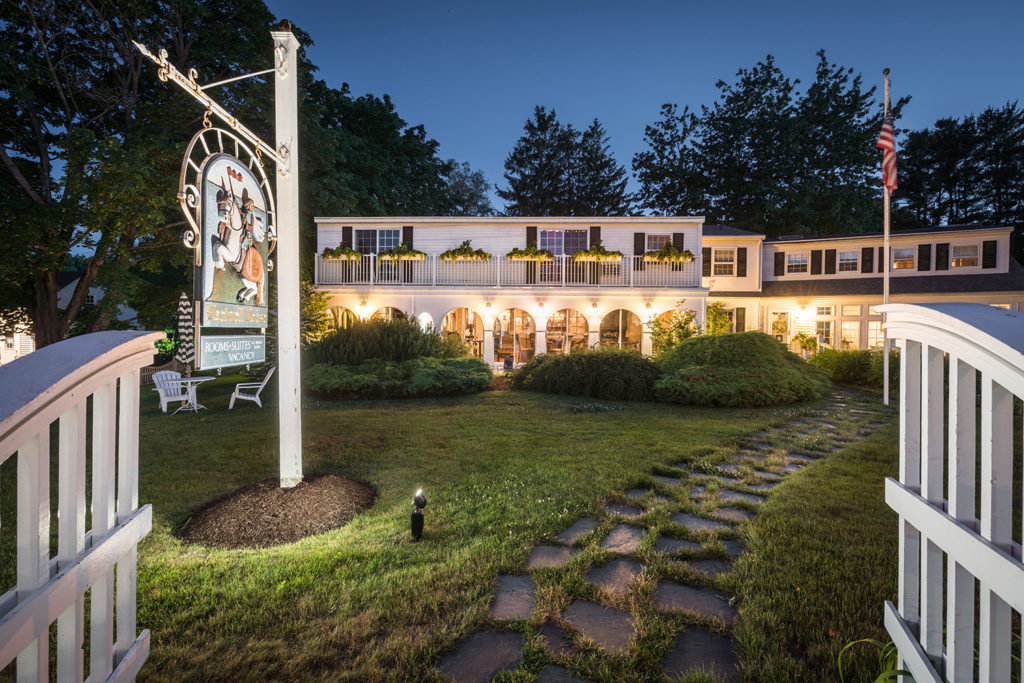
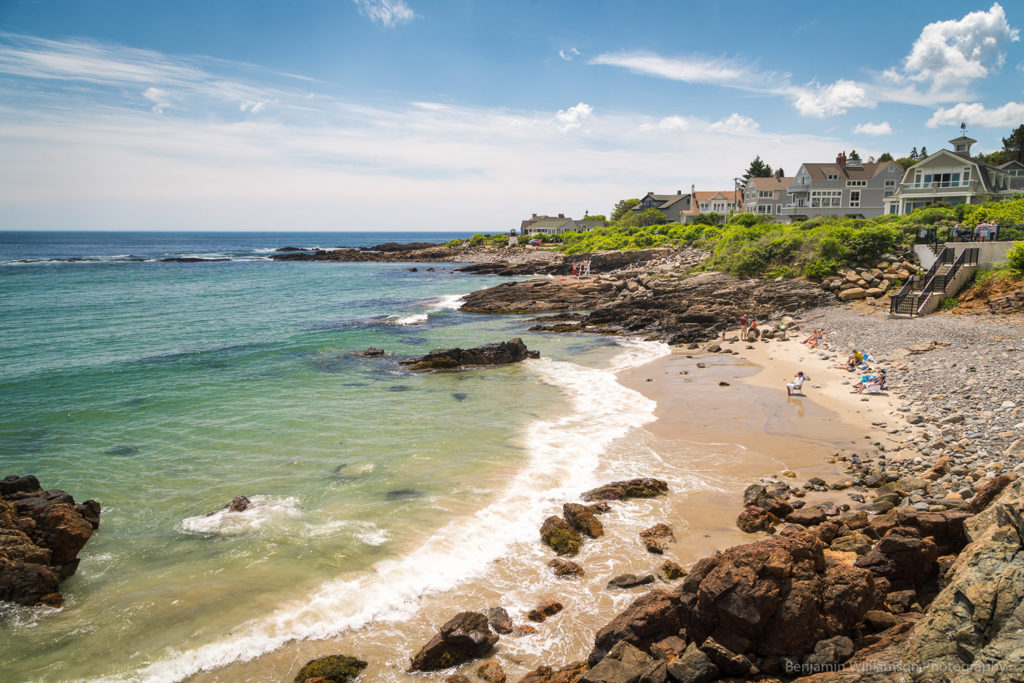
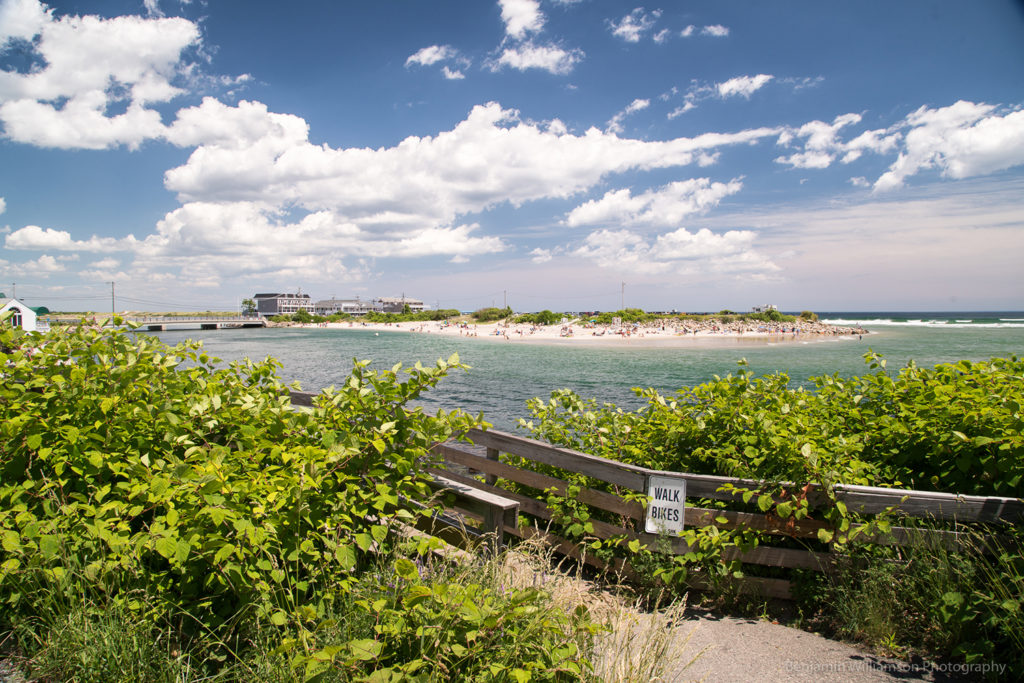
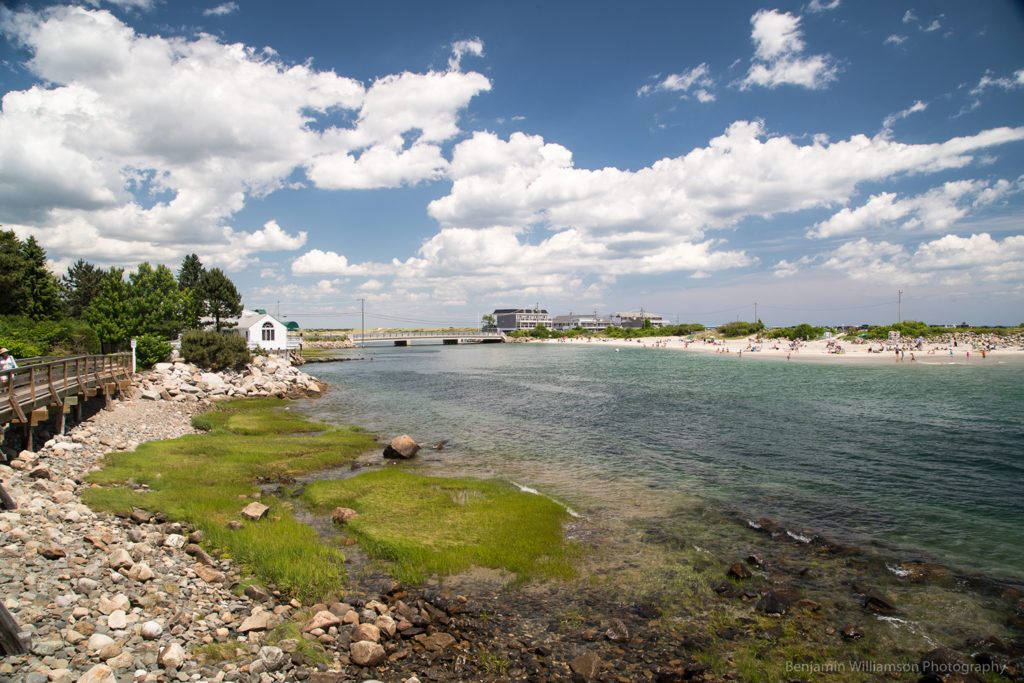
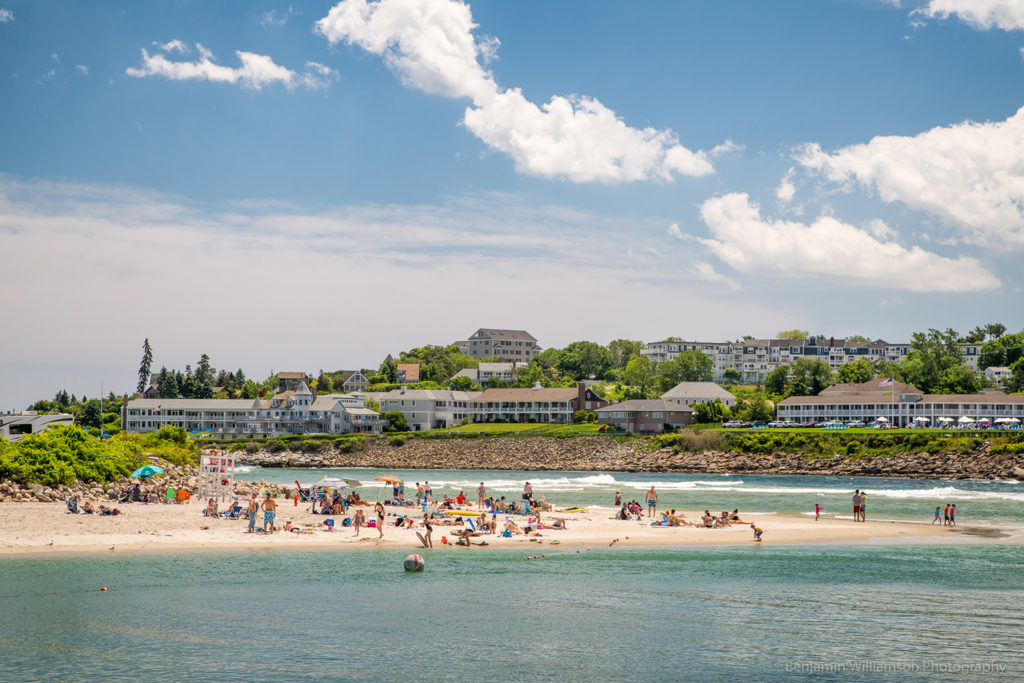
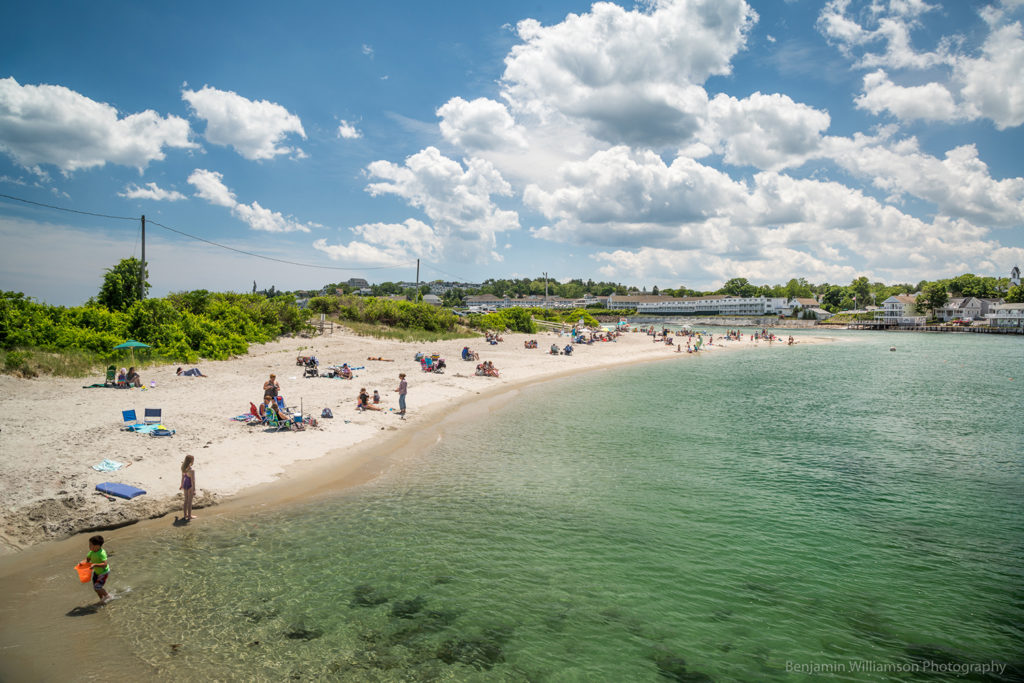
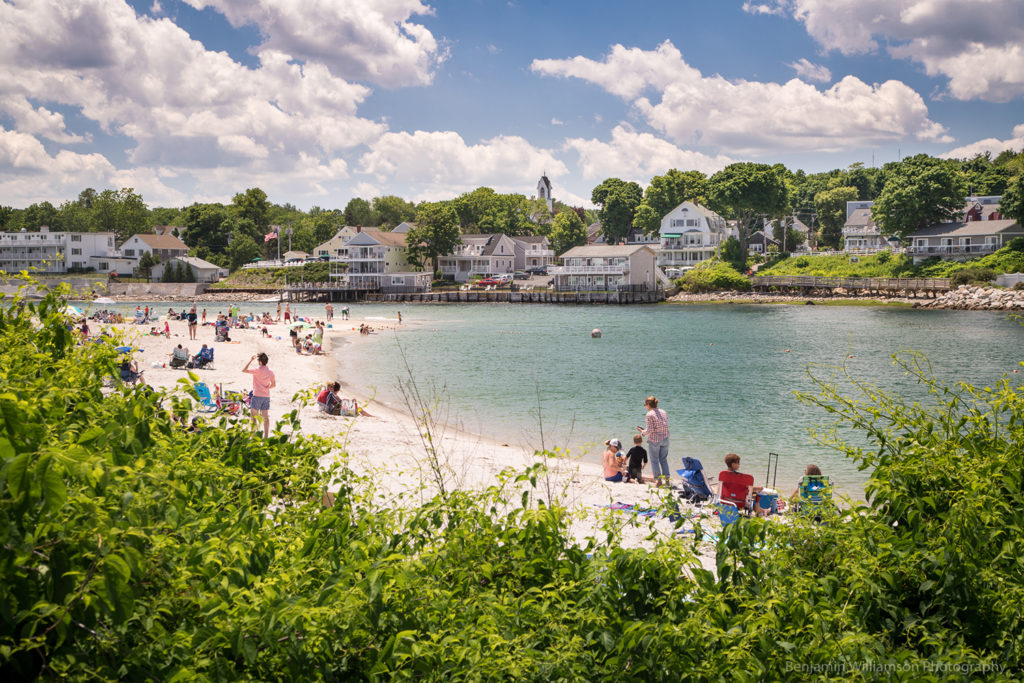
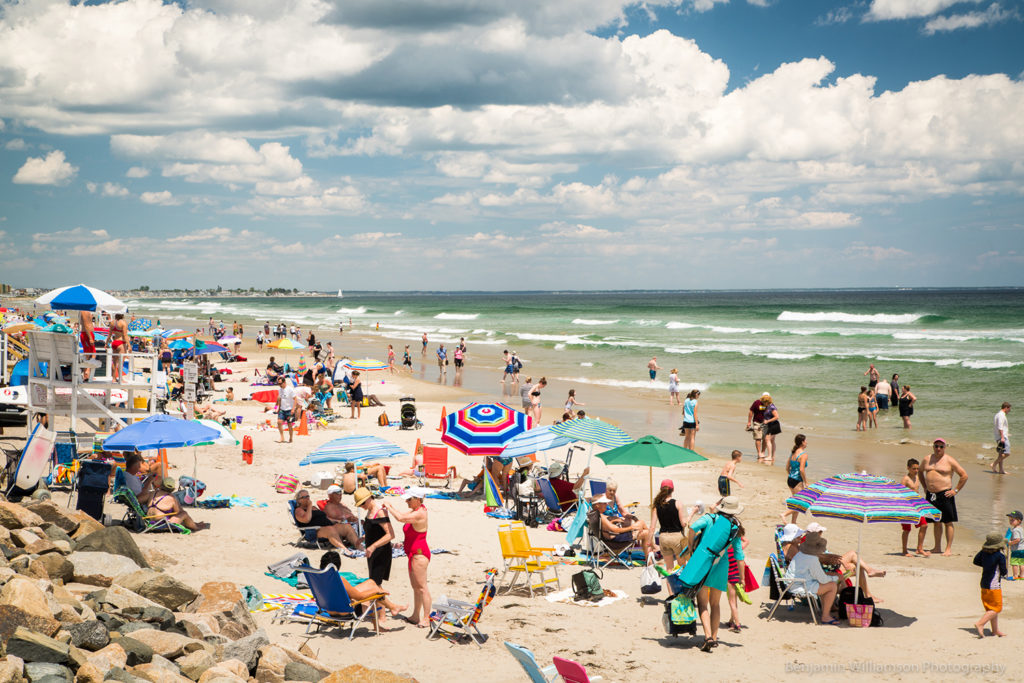
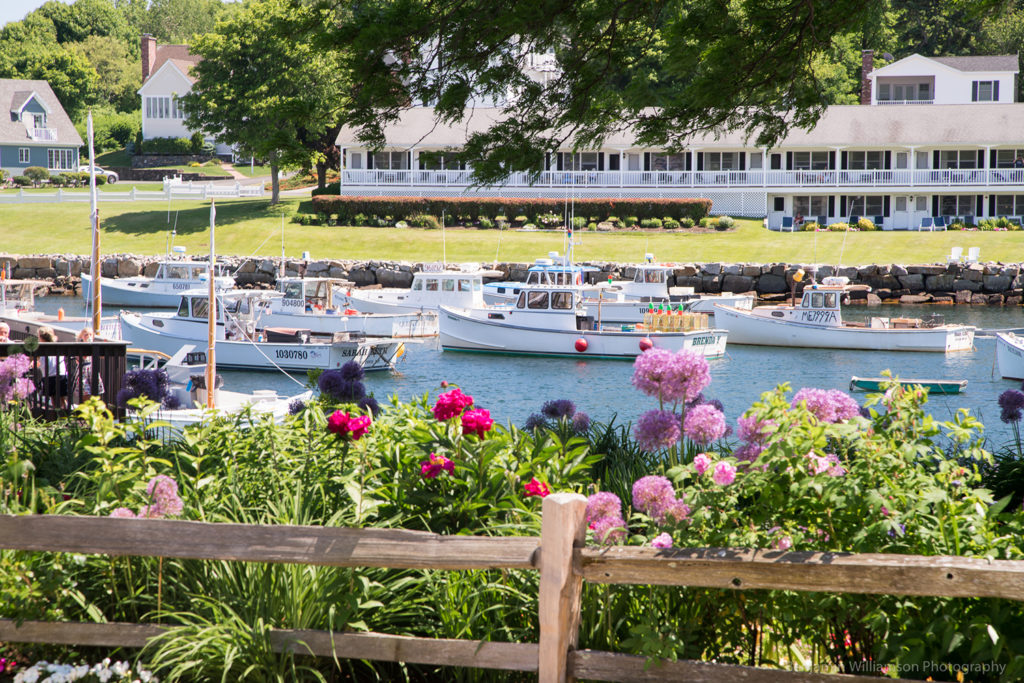
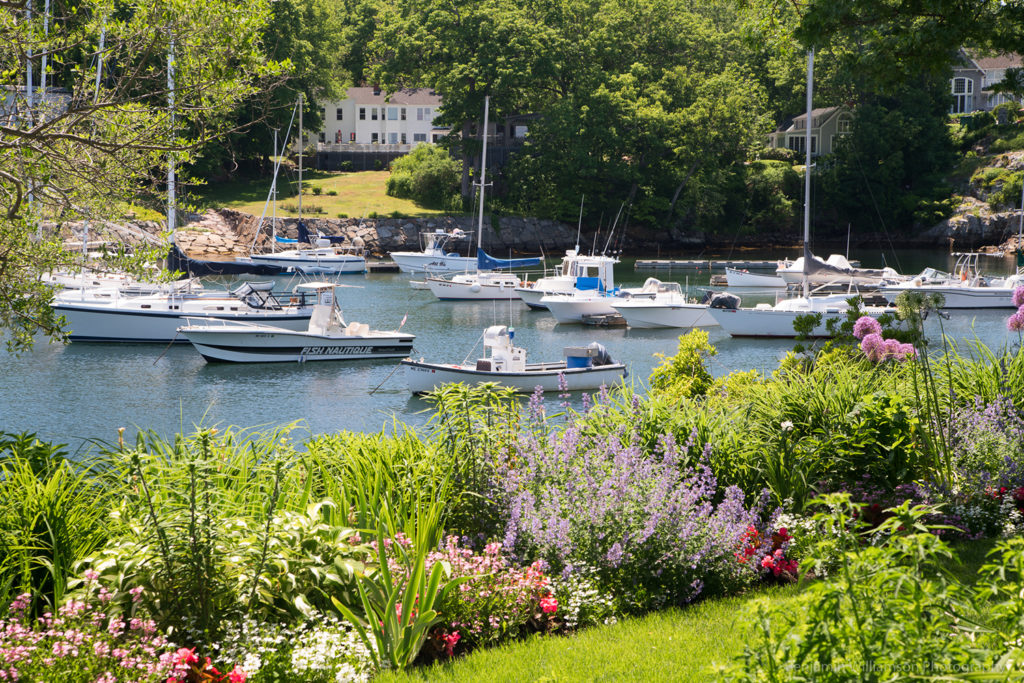

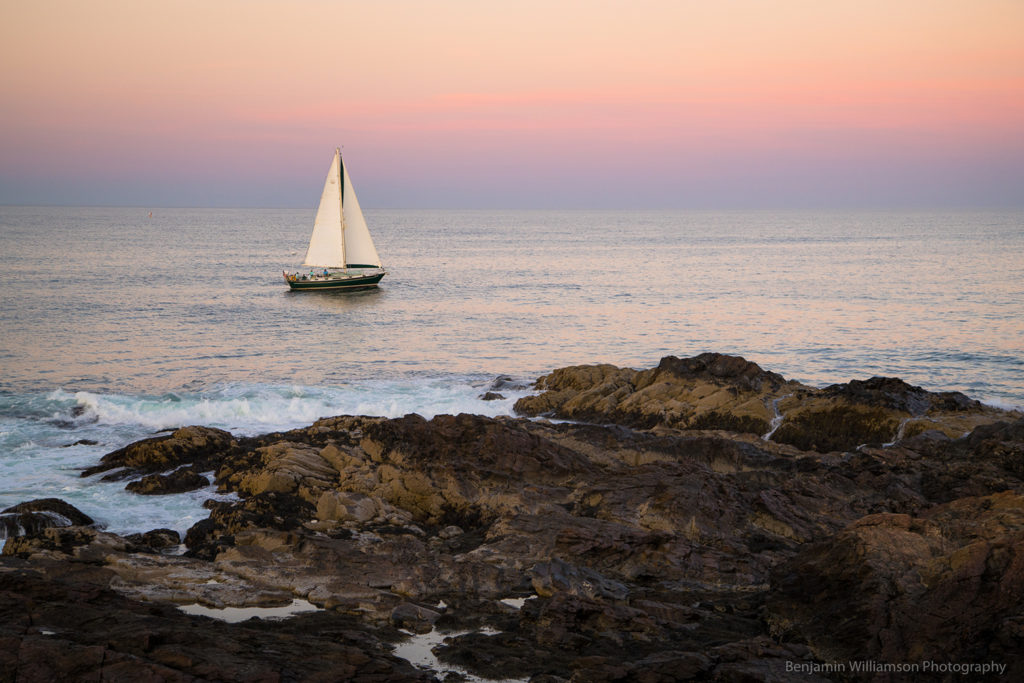

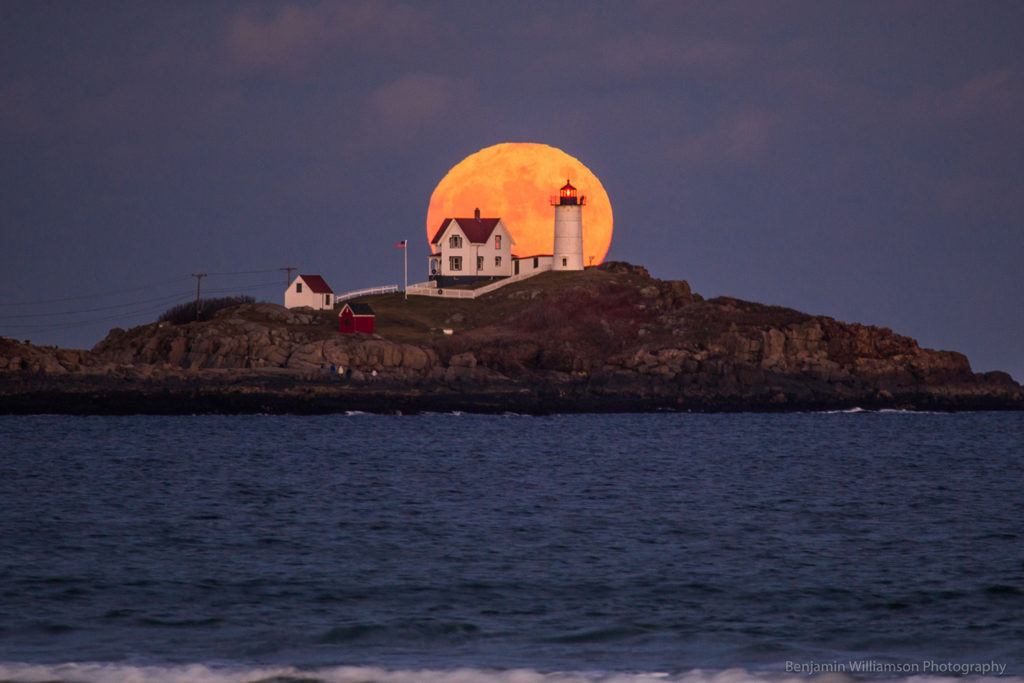
Thanks for being one of our 2016 Artists-in-Residence at the Hartwell House Inn of Ogunquit. It was fun having you and your wife on property.
And thank you and your wife for inviting us to stay at the beautiful Hartwell House Inn. We loved the room and the breakfasts! You two truly do a great job providing an elegant and relaxing atmosphere.
Learn more about Benjamin Williamson!
